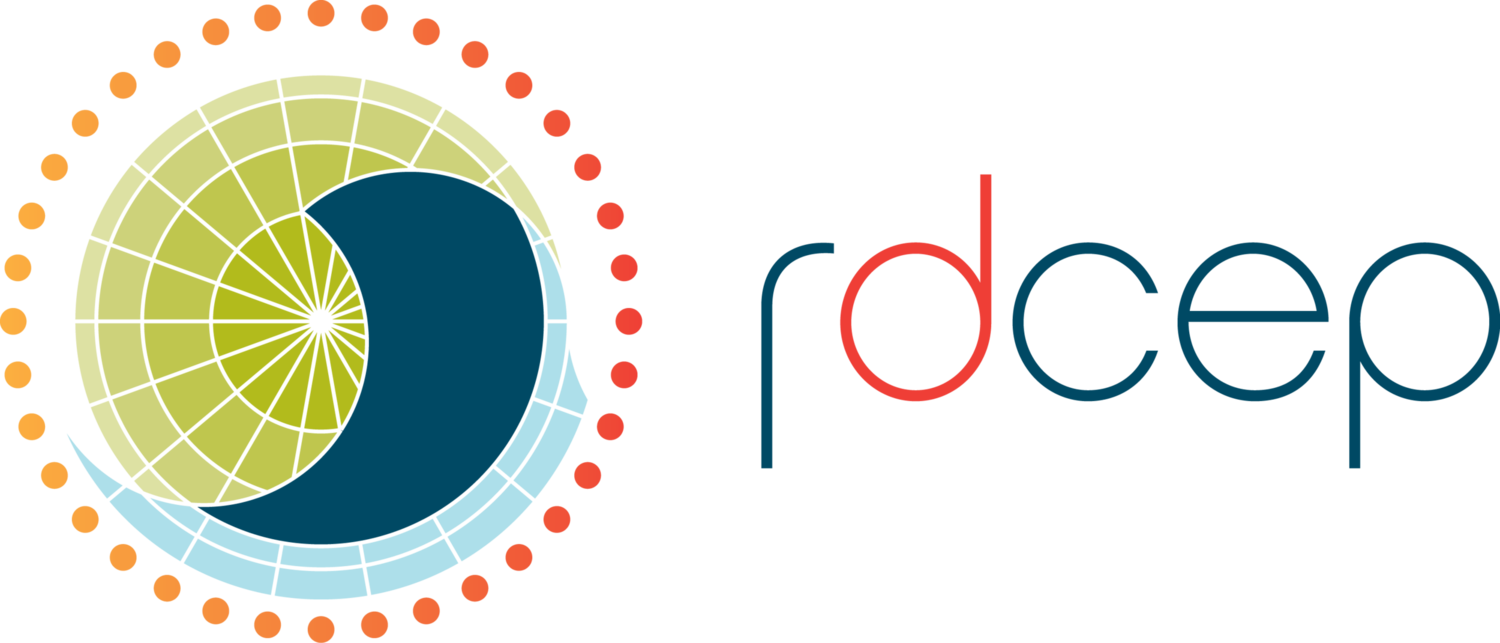Konstantin Batygin, Assistant Professor of Planetary Science, Caltech
At the outskirts of the solar system, beyond the orbit of Neptune, lies an expansive field of icy debris known as the Kuiper belt. The orbits of the individual asteroid-like bodies within the Kuiper belt trace out highly elongated elliptical paths, and require hundreds to thousands of years to complete a single revolution around the Sun. Although the majority of the Kuiper belt’s dynamical structure can be understood within the framework of the known eight-planet solar system, bodies with orbital periods longer than about 4,000 years exhibit a peculiar orbital alignment that eludes explanation. What sculpts this alignment and how is it preserved? In this talk Prof. Batygin will argue that the observed clustering of Kuiper belt orbits can be maintained by Planet Nine -- a distant, eccentric, Neptune-like planet, whose orbit lies in approximately the same plane as those of the distant Kuiper belt objects.
Where: Eckhardt Research Center, Auditorium Room 161
5640 South Ellis Avenue, Chicago, IL











